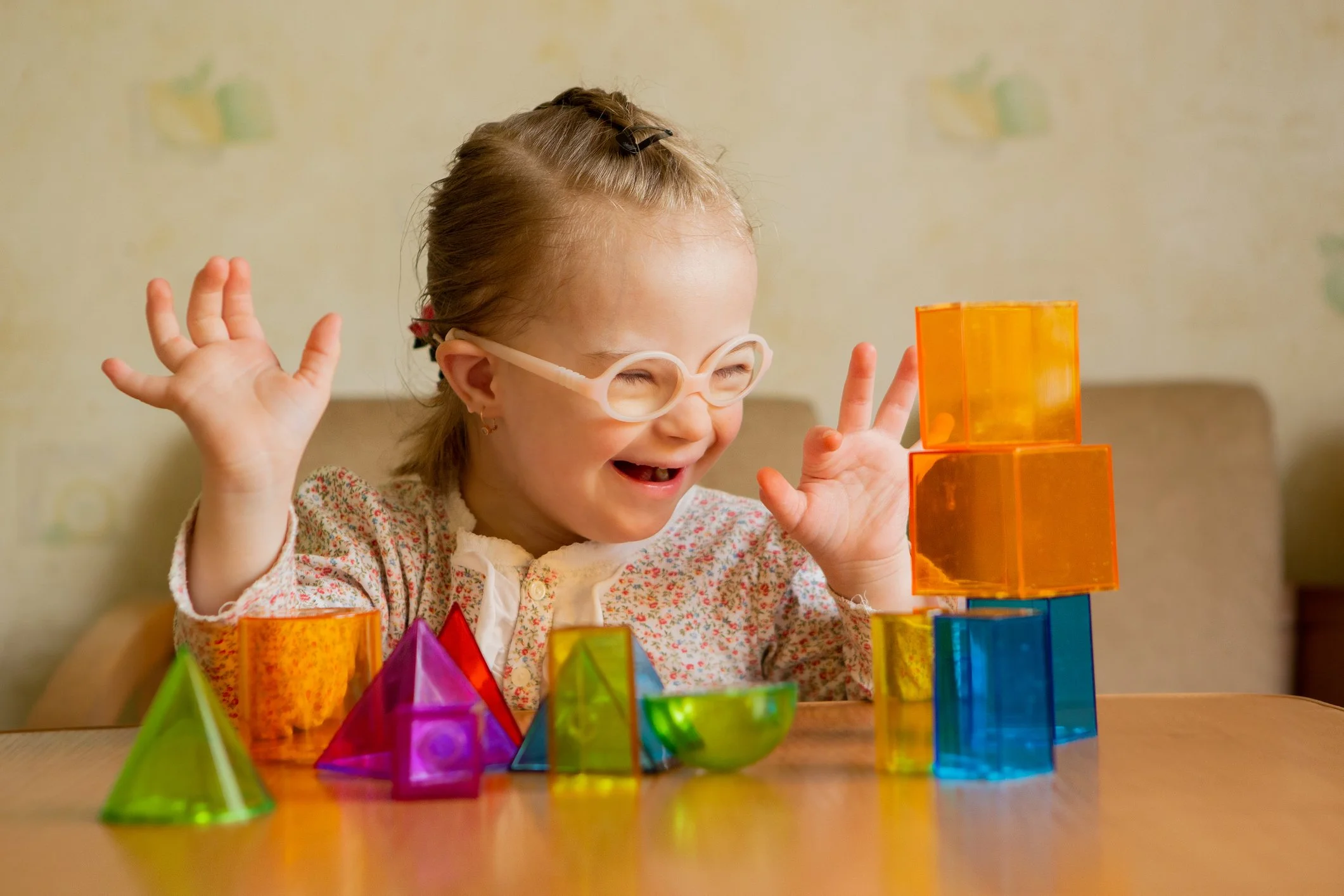
Play Therapy for ChildreN
Child Centered Play Therapy (CCPT)
Child-Centered Play Therapy (CCPT) is a unique form of play therapy where children take the lead in setting the pace, activities, and direction of play, guided by a trained therapist. This approach allows children to naturally express and process their emotions, thoughts, and experiences, using play as their primary means of communication. Recognizing play as essential for how children make sense of the world, CCPT creates a safe, supportive environment for exploration and growth.
While sessions typically involve just the child and therapist, parents play a vital role in the therapeutic process. They support their child at home, observe progress, and maintain regular communication with the therapist to reinforce the work done in therapy. This collaboration ensures the child’s emotional needs are addressed both in and out of sessions.
In CCPT, the therapist follows the child’s lead, fostering self-awareness and confidence by allowing them to navigate challenges at their own pace. Unlike directive approaches, CCPT emphasizes independence and emotional development. A primary goal is to build a trusting, safe relationship where children feel respected, understood, and accepted as they explore difficult emotions.
The therapist provides empathy, unconditional positive regard, and gentle guidance when necessary, reflecting the child’s feelings and validating their experiences. By working through emotions and scenarios during play—such as role-playing family conflicts or expressing anxiety through art—children develop emotional resilience and healthier coping strategies.
CCPT is particularly effective for children facing emotional or behavioral challenges, trauma, stressful life events, social difficulties, or developmental and attachment issues. Although progress may take time, the benefits are long-lasting, including improved emotional regulation, communication, self-esteem, and problem-solving skills
TRADITIONAL Play Therapy
Traditional therapy for children and adolescents combines talking, guided activities, and creative expression to help them process emotions and develop important life skills. Sessions are goal-oriented and tailored to the child’s unique needs, often incorporating structured activities like role-playing, problem-solving exercises, sand-tray processing or art projects to address specific challenges. This blend of approaches helps children and adolescents feel engaged and supported as they work toward emotional growth and resilience.
By creating a safe and understanding environment, traditional therapy encourages children to explore their thoughts and feelings at their own pace while focusing on personal goals. With the guidance of a skilled therapist, children learn to build coping strategies, improve emotional regulation, build communication and problem-solving skills and navigate life’s challenges more confidently, setting a foundation for long-term well-being

